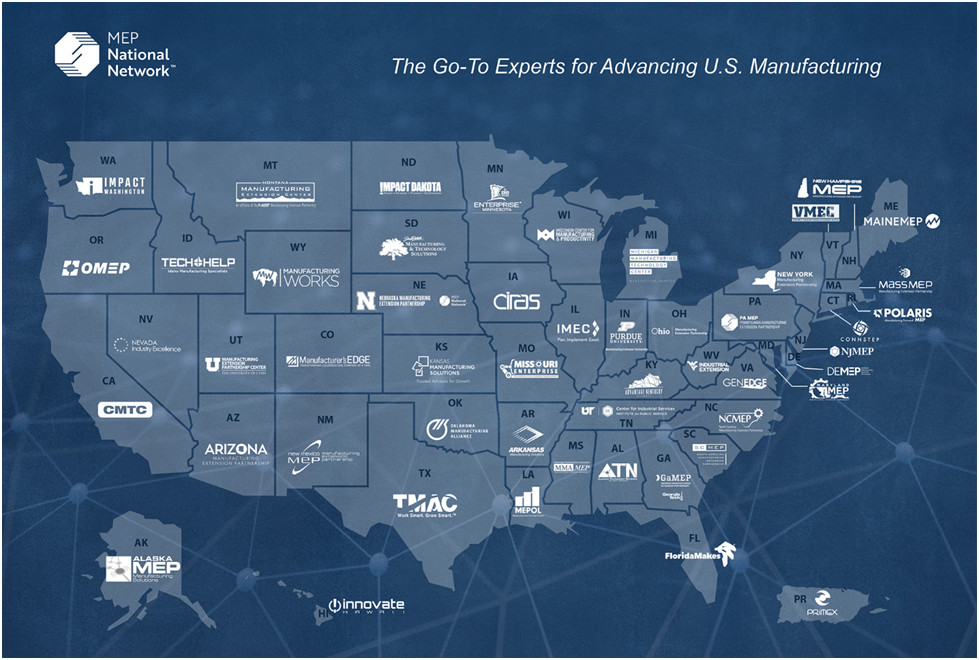
Charles R. Goulding and Randy Rothbort examine 3D printing implications of the U.S. government-backed “Buy American” strategy.
What is “Buy American”?
“Buy American” is not a new piece of U.S. legislation. Originally passed by Congress during the Great Depression, it encourages companies in the U.S. to utilize as many American suppliers as possible. However, as time has gone on, this legislation had been subject to more and more waivers and exemptions, which has allowed international suppliers to circumvent the intended purpose of the legislation. There has been a push by many members of Congress, various industries, and labor unions across the country to expand on and alter the Buy American Act to reduce these loopholes for foreign suppliers. Biden’s order increases the oversight over this law, and also directs the Federal Acquisition Regulation Council to establish tougher rules regarding the origin of foreign materials. All of this was passed as an effort to assist American businesses that are ailing due to the COVID-19 pandemic.
Furthermore, the order directs U.S. federal agencies to utilize the Manufacturing Extension Partnership (MEP) in order to connect small and medium-sized businesses, as well as new businesses, to contracting opportunities for federal agencies. The MEP is a national network that already does great work growing small and medium-sized manufacturers, and assists them in growing their business in other ways as well. This executive order will enhance this, and bring even bigger projects to smaller U.S. manufacturers. MEP sponsored programs include workforce trainings, lean manufacturing, Six Sigma, and MedAccred medical device certification. Companies that work with MEP tend to be the best of the best, and the type of suppliers that the US Government should be working with.
How Does This Affect 3D Printing?
This executive order has some clear and beneficial implications to the U.S. 3D printing industry, and should serve to make 3D printed materials an even bigger asset to manufacturers and the U.S. as a whole. Absent “Buy American”, foreign materials are often used mainly due to their lower price in comparison to U.S.-made components and materials. However, 3D printing is an avenue for more cost-effective materials that don’t have to be made outside of the U.S. While the “Buy American” executive order reduces the use of lower-cost foreign-made materials, it will improve the opportunity for U.S. manufacturing alternatives, and 3D printing will benefit.
However, while closing loopholes will push public companies to source domestic materials, especially low-cost sources such as 3D printed materials, the real advantage will come from the use of MEP to connect companies to these U.S. government purchases. Since the executive order focuses on using MEP to scout potential suppliers, this benefits the 3D printing industry significantly. MEP centers have great connections with middle-market businesses across the country, including manufacturing machine shops and injection molders. This makes it a great opportunity to expand the workload of 3D printing facilities across the country. This benefit will in turn shift 3D printing companies towards the U.S., as the benefit of lower-cost manufacturing and this executive order should help continue to grow the market.
“Buy American” Business Planning Opportunities
Companies with U.S. and cross-border operations have a business planning opportunity due to this. 3D printing suppliers with both U.S. and non-U.S. operations who want to supply the U.S. government should consider shifting their production of goods and materials to the U.S. to supply what these federal projects and procurement agencies will need.
The Research & Development Tax Credit
Whether it’s used for material production, or for any other manufacturing purpose, 3D printing is a great indicator that R&D Credit eligible activities are taking place. Companies implementing this technology at any point should consider taking advantage of R&D Tax Credits.
Enacted in 1981, the now permanent Federal Research and Development (R&D) Tax Credit allows a credit that typically ranges from 4%-7% of eligible spending for new and improved products and processes. Qualified research must meet the following four criteria:
- Must be technological in nature
- Must be a component of the taxpayer’s business
- Must represent R&D in the experimental sense and generally includes all such costs related to the development or improvement of a product or process
- Must eliminate uncertainty through a process of experimentation that considers one or more alternatives
Eligible costs include US employee wages, cost of supplies consumed in the R&D process, cost of pre-production testing, US contract research expenses, and certain costs associated with developing a patent.
On December 18, 2015, President Obama signed the PATH Act, making the R&D Tax Credit permanent. Beginning in 2016, the R&D credit can be used to offset Alternative Minimum tax for companies with revenue below $50MM and, startup businesses can obtain up to $250,000 per year in payroll tax cash rebates.
Conclusion
It is clear that Biden’s “Buy American” executive order should have some positive impact on the 3D printing industry in the U.S., as well as American manufacturing in general. The need for lower-cost domestic materials will lead more federal agencies to utilize American 3D printing as a source. However, by encouraging federal agencies to use the MEP network to find domestic manufactured products there should be an even greater effect on growing the 3D printing industry.
